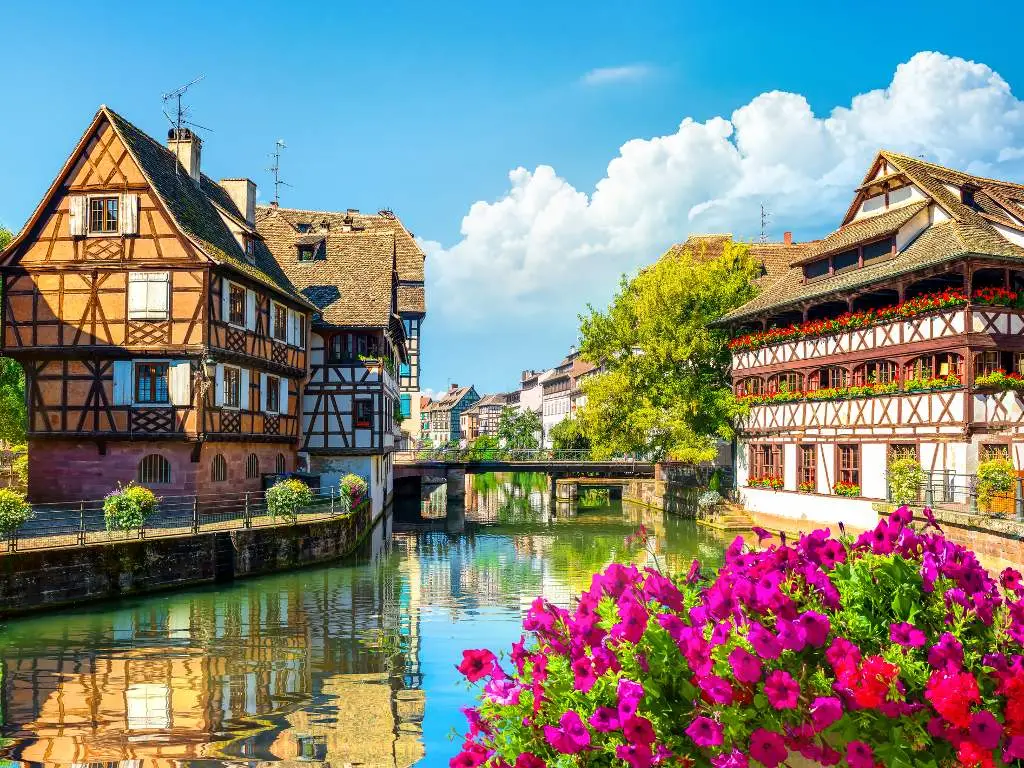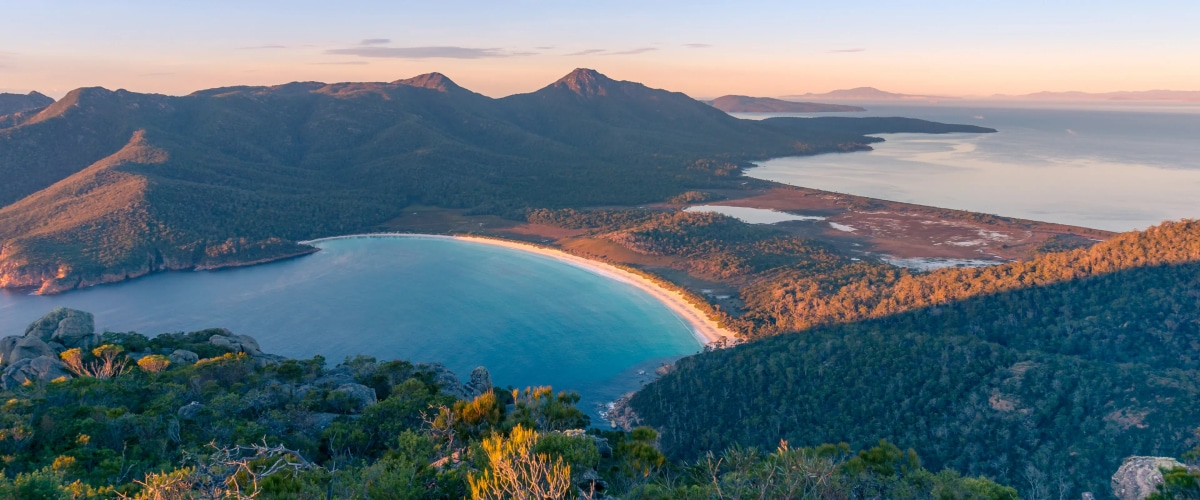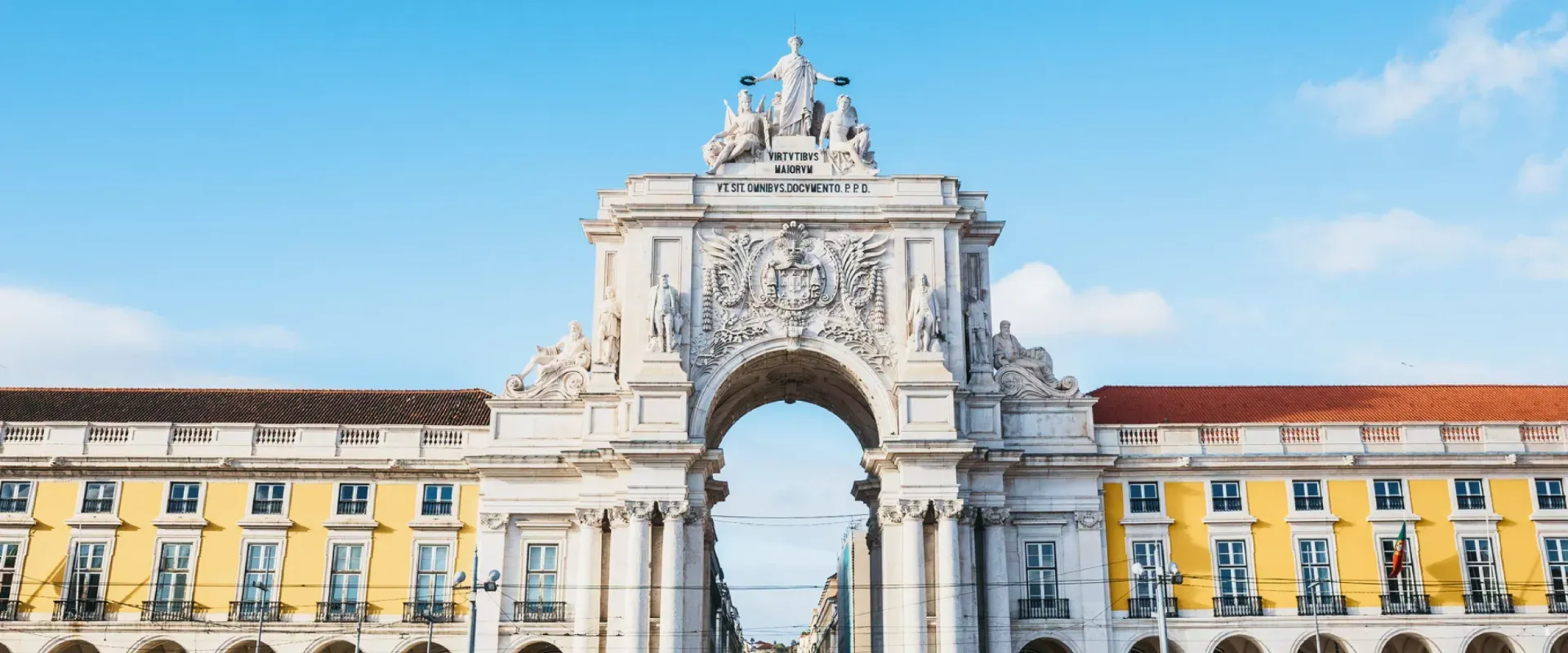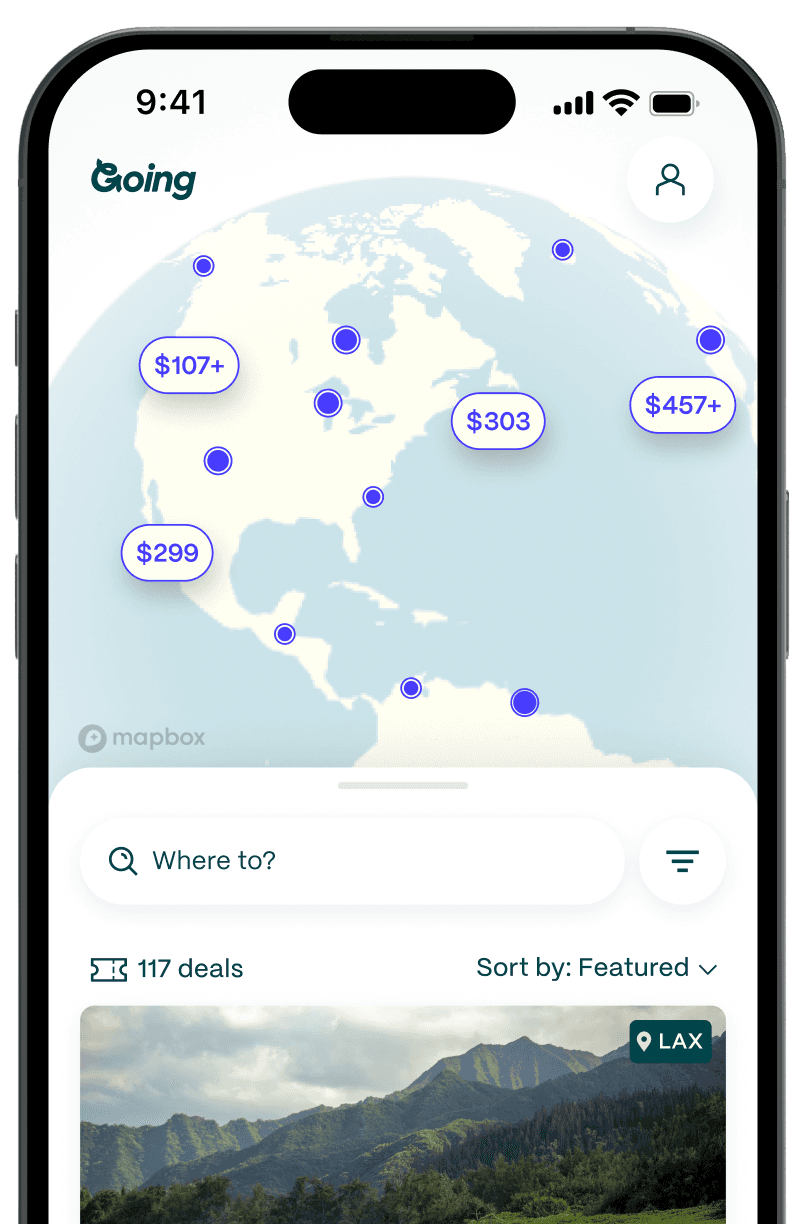
Maletsunyane Falls: Abseil Down a Record-Breaking Waterfall in Lesotho
As we wove through the mountains toward Semonkong in central Lesotho—a small, landlocked country encircled by South Africa—each new vista through the car window was more incredible than the last. Mountains largely devoid of trees sloped into valleys, and thatched roof huts and farm animals dotted the landscape.
My friend Emily, a Peace Corps volunteer in Lesotho, was my companion; she spoke enough Sesotho (the official language of the regional Basotho people) to communicate our destination with the taxi driver as we left the capital, Maseru.
Upon reaching the misty hilltop village, it was obvious why its name translated to “Place of Smoke.” Founded in the early 1880s by Sotho refugees displaced by the Cape Colony forces during the Basuto Gun War, Semonkong now bustles with Basotho people on horseback, wearing traditional blankets, as they transport food and supplies to nearby villages. Far removed from the frenzied urban environment of New York City, my hometown, I relished the expansiveness of the mountains, the sense of peace, and the slowness.
Semonkong is perhaps best known for its magnificent Maletsunyane Falls—and the rare opportunity to abseil down it. Abseiling, also known as rappelling, involves descending a rock face while tied to a rope that’s attached to the top of the rock.

The Maletsunyane Abseil received a Guinness World Records certificate in 2005 for its status as the longest commercially operated single-drop abseil in the world. The experience is exclusively operated by Semonkong Lodge, which also provides accommodation and meals. (Emily and I stayed in a six-bed bunkhouse in order to meet other like-minded travelers, though private rooms were also available.)
On the day of the abseil, my guides—a group of local Basotho men—drove us 30 minutes from the lodge to Maletsunyane Falls, where a sure-footed mule was hitched and waiting to ferry equipment down a rocky hill to the waterfall’s edge.
After a fifteen-minute walk, the tremendous sound of the falls—crashing from a height of 670 feet into the gorge below—caused my heart rate to spike. It appeared as if the earth had just cracked open, intending to swallow us. Despite feeling a bit dizzy from the view, I was determined to experience this once-in-a-lifetime thrill.
As the guides prepared for my descent, chatting jovially to one another as they tested the equipment and helped me into my harness, I felt cared for and protected. The previous day, they had taught me the techniques and maneuvers required, watching closely as I practiced on shorter cliffs about 82 feet (25 meters) tall near the lodge. Although I’d bungee-jumped before, I would soon learn that nothing compares to abseiling down a waterfall.

Harnessed with my helmet on, I began the abseil by stepping backwards off the ledge into thin air, a terrifying prospect made less terrifying by the rope’s sturdy resistance. I reminded myself that many people had successfully and safely abseiled this waterfall before me—I was poised to join their ranks.
One of the guides leaned over the edge to give me a thumbs up and snap a picture as I used my feet to push off the cliff face repeatedly, lowering myself into the gorge. As my gloved hands worked their way down the length of the rope and the breeze blew the waterfall’s spray into my face, I felt euphoric, invincible. I soon discovered a meditative rhythm, and a mere twenty minutes later, I triumphantly reached solid ground.
Several guides were waiting in the gorge to congratulate me before our steep, 45-minute trek back to the top. As I ascended on foot, I snuck awestruck glances at the magnificent waterfall behind me, in disbelief about what I’d just done. And after returning to the lodge, exhausted yet content, I received a certificate as a souvenir. To this day it remains tacked to my fridge, a joyful memory.
Later that night, Emily and I walked a few minutes from our bunkhouse to the lodge’s cozy Duck and Donkey Tavern, which was an especially excellent way to relax and recharge after my outdoor adventure. The tavern offered the fluffiest and most delicious bread, more memorable than any bread I’d tasted in Italy or France.
The following day, while on horseback (another lodge-organized activity), Emily and I asked our guide if he knew who baked it—and to our utter delight, he led us straight to the baker’s home, where we bought a fresh loaf right there on the woman’s threshold. I carefully secured it inside my saddle bag. Hours later, we tore off hunks of it in our bunkhouse as an afternoon snack, reveling in our discovery. I still dream about this bread!
The grounded simplicity of this particular pleasure, complemented by the emotionally exhilarating abseil, made my trip to Semonkong feel nourishing in every possible way, allowing me to discover different sides to the village. Wherever I go next, I aim to seek out the equivalent of that freshly made loaf of bread and roaring waterfall.

Getting there:
- Most people fly to O.R. Tambo International Airport (JNB) in Johannesburg. From there, you can either rent a car to drive over the South Africa/Lesotho border or hop on an hour-long connecting flight from Johannesburg to Maseru. From Maseru, you can rent a car, hire a driver, or catch the local Semonkong minibus taxi from Maseru Central Bus Station. It’s approximately a three-hour drive from Maseru to Semonkong (luckily, the views make the drive worth it).
- Average Going price for cheap flights to Johannesburg: $934 roundtrip
How to do it:
- When to go: While October to March (summer in the southern hemisphere) would likely be preferable for most travelers, it does rain regularly during this time. I visited during the drier winter months. A friendly member of the lodge’s staff prepared a fire in the fireplace each evening before bed. During daytime hours it was considerably warmer, so I wore only a light jacket.
- Cost: The abseil costs about $122 USD (LSL 2,200). For accommodation, a bunkhouse bed costs about $18 USD (LSL 330) per person per night, a double-bed room costs about $58 USD (LSL 1,045) per night, and a single private room costs about $70 USD (LSL 1,265) per night.
- Tips & considerations: Keep in mind that you will likely get wet from the waterfall’s spray, so quick-drying clothes are recommended, along with hiking boots and sunscreen for the hike to the top. While delicious meals are available at the Duck and Donkey Tavern, communal kitchens are open to anyone who prefers to cook their own meals. The Wifi password is available for a fee—the lodge has satellite internet, which means the weather can occasionally affect the signal. Prepare to be mostly off the grid!
More epic adventures around the world
Last updated May 23, 2025









